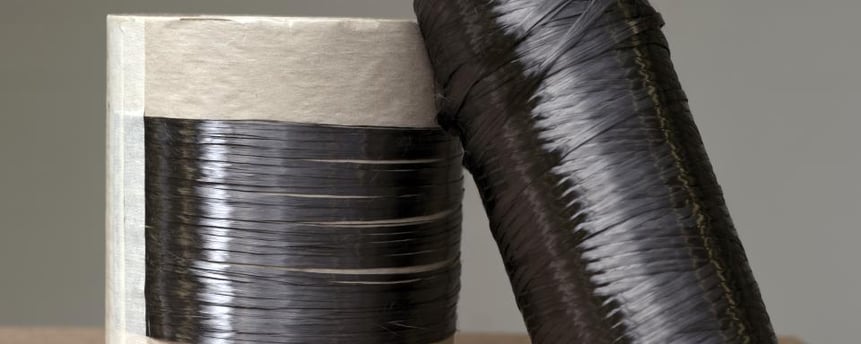Fused Carbon or Complex Weaves: Which Fiber to Choose for Your Tail?
Why Choose Roving Fiberglass with Carbon Over Fused Carbon for Tail Reinforcements?
FABRICACIÓN
Reine Surfboards
12/20/20242 min read


Why Choose Roving Fiberglass with Carbon Over Fused Carbon for Tail Reinforcements?
In surfboard manufacturing, material selection is key to ensuring optimal performance, greater durability, and a unique experience for the surfer. Elements such as foam type, fiber, resin, and fin system all play a crucial role in the design and functionality of each board.
The tail of a surfboard is a critical area that endures significant wear and stress during use. While innovative materials like Fused Carbon are gaining popularity, the combination of roving fiberglass with carbon remains the preferred choice for our boards.
What is Roving Fiberglass with Carbon?
Roving fiberglass with carbon is a composite material that combines the flexibility and resilience of fiberglass with the stiffness and load-bearing capacity of carbon. Roving refers to a woven fiberglass pattern made of continuous fiber strands, designed to evenly distribute force and enhance the structural strength of the board.
The addition of carbon improves stiffness and structural integrity, enhancing energy transfer from the surfer to the board.
Comparison with Fused Carbon
Fused Carbon is a material where carbon fibers are fused into a homogeneous matrix, resulting in a smoother and lighter appearance. However, the differences between these materials go beyond just their visual composition.
Key Comparisons:
✔ Durability & Impact Resistance
Roving fiberglass with carbon provides greater impact resistance, reducing the risk of cracks or delamination in the tail.
While Fused Carbon is lighter, it is also more fragile under demanding conditions, such as powerful waves or aggressive maneuvers.
✔ Balanced Flexibility
Roving fiberglass reinforcement allows for an ideal balance between flexibility and stiffness, delivering a more natural feel underfoot.
Fused Carbon is stiffer, which can make the board feel more “dead,” affecting the feedback the surfer receives.
✔ Cost & Repairability
While Fused Carbon may appear more advanced, it is also more expensive and harder to repair if damaged.
Roving fiberglass with carbon is more cost-effective and allows for simpler and more effective repairs.
✔ Performance Benefits
Better control in maneuvers: The material combination provides a balanced response, ideal for precise turns and quick transitions.
Greater durability: Perfect for surfers who push their boards to the limit or frequently surf powerful waves.
Stability under pressure: The reinforced tail maintains its integrity even in extreme conditions, extending the board’s lifespan.
Why Reine Surfboards Chooses Roving Fiberglass with Carbon
At Reine Surfboards, we believe in materials that offer exceptional performance and uncompromising durability. That’s why we have chosen not to use Fused Carbon for our board reinforcements.
Through extensive testing and experience, we’ve found that roving fiberglass with carbon provides the ideal balance between flexibility and strength, perfectly suited for the technical and demanding surfing we aim to support.
This material choice reflects our commitment to quality and our mission to provide surfers with an unmatched experience, regardless of skill level or wave conditions.
Summary
While Fused Carbon may seem like an appealing option, roving fiberglass with carbon has proven to be a more reliable and versatile choice for tail reinforcements. Its combination of flexibility, strength, and cost-efficiency makes it the perfect choice for surfers seeking high performance without sacrificing durability.
At Reine Surfboards, we are committed to maximizing your experience in the water, and our use of carbon-reinforced roving fiberglass is a testament to our dedication to quality. 🌊

Disfruta de descuentos, eventos y más
Reine Surfboards
Performance and simplicity in every wave.
Contact
info@reinesurfboards.com
+34 613177596
© 2025. All rights reserved.
Terms and policy


